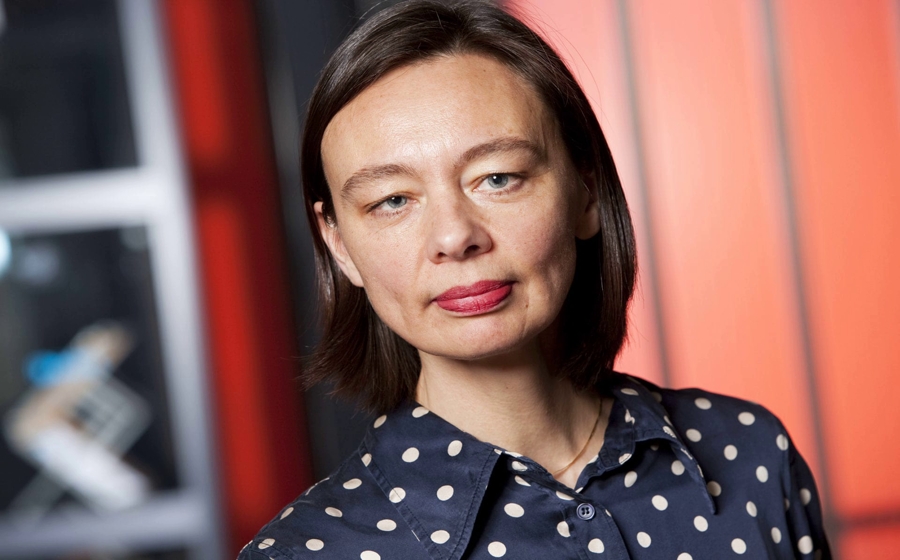
To better understand what impact or continuous effects actually are, Van Drooge introduces a number of concepts, one of which is the Theory of Change. This involves all stakeholders in a project or programme jointly developing a vision of the change, or impact, they are seeking. Working backwards from that end point, they develop a vision of what is needed to achieve it. The ‘theory’ thus developed describes what the goals are, how they can be achieved, what underlying assumptions are made and who should be involved. This creates a shared narrative and a broad scope on what people want to achieve and how to get there. That joint effort and starting from the end are characteristic of a Theory of Change.
Another way of thinking about impact is from the direction and scope of research, for example from the idea of transformative change, where the starting point is not the research in and of itself, but the social change one hopes to achieve. As the discussion during the masterclass revealed, many universities of applied sciences perceive this call for these major social changes and the need to contribute to them, but do not always know how to orchestrate this organisationally.
The question, Van Drooge tentatively suggests, is whether universities of applied sciences actually have a mission to bring about these major social transformations. Perhaps the strength of applied research lies more in a dedicated approach, where different parties and partners work together to make a specific contribution to a social change. The knowledge and experience developed and shared with professional practice and other organisations delivers impact – sometimes this is small, sometimes a bit bigger.
This idea fits well with another concept used to define impact, that of ‘ordinary impact’ and ‘extraordinary impact’. There is a tendency to look at extraordinary impact as being a result of exceptional contributions, such as the development of a vaccine. Focusing on this kind of impact distorts the view of ordinary impact that comes about in collaboration, through productive interactions, in casual encounters and shared knowledge, according to Van Drooge. An interesting vision, according to the responses of several masterclass participants. However, the difficulty remains as to how this ‘ordinary impact’ can be made visible. According to Van Drooge, a first step is awareness on the part of researchers and reflection of their own actions, and on the part of partners and other collaborations that the impact is there, however small, and also naming it.
Like Sarah Coombs, the speaker who delivered the first masterclass, Van Drooge stresses the importance of looking at the level of aggregation and visions of impact. Research lines at the level of collaborating universities of applied sciences or at Centres of Expertise have different potential for making an impact than, for example, professors. And simply aggregating separate projects does not create an impact narrative that Centres of Expertise can use. Much more is needed for this. It is important to develop a vision beforehand of what is expected from impact; at the level of the research group, at the project level, and at the levels of Centres of Expertise and universities of applied sciences.
In addition to the above concepts of impact, Van Drooge also highlights the substantive contribution of impact. After all, what impact is it ultimately about? The intended goals of applied research can be defined in articles of association, mission statements, institutional plans, programme plans and so on. But there are also unspoken expectations. Try to find out what the expectations are within the project or Centre of Expertise, with the partners and with other staff members and get those on the table, says Van Drooge.
In the conversation about impact, people often start with indicators. That is not the right starting point, Van Drooge argues. It makes more sense to first establish what is meant by impact and what impact one wishes to achieve and then to choose suitable indicators. Research can and will always have impact; it is about making specific impact transparent with the right indicators.
Finally, it raises the issue of how to organise impact tracking and that impact tracking often takes time. Many institutions’ reflex is to hire an impact officer to take care of that aspect. As a result, researchers start relying on the impact officer to organise impact and their own responsibility decreases. This is a pity, for there is a lot of potential to be gained from those mutual contacts and partnerships. You have to educate each other a bit in this respect, Van Drooge believes. Be aware of what happens in collaborative projects and perhaps also address the Executive Boards of the institutions. A number of masterclass participants pointed out that this is a valuable mission to take away from this masterclass.
Publication by Leonie van Drooge: Valuable: indicators for valorisation (2013).
Esther Tielen
